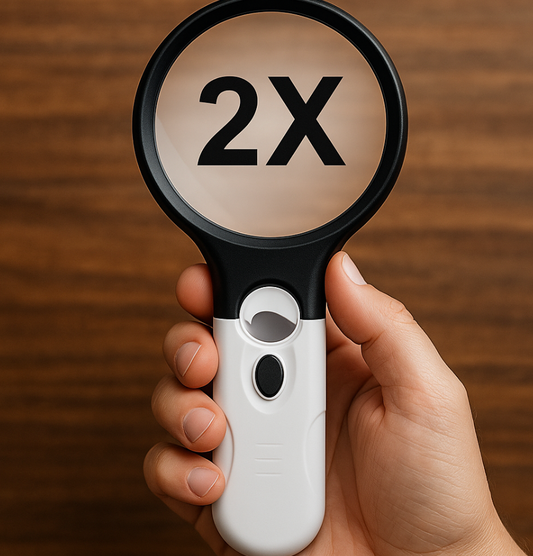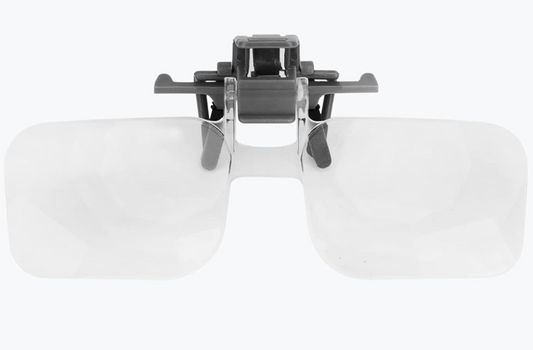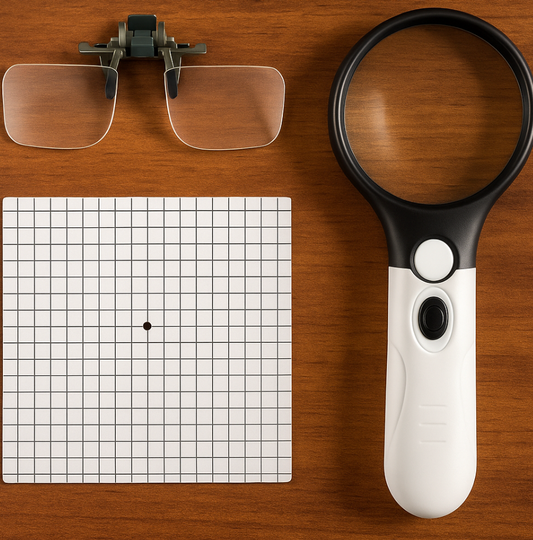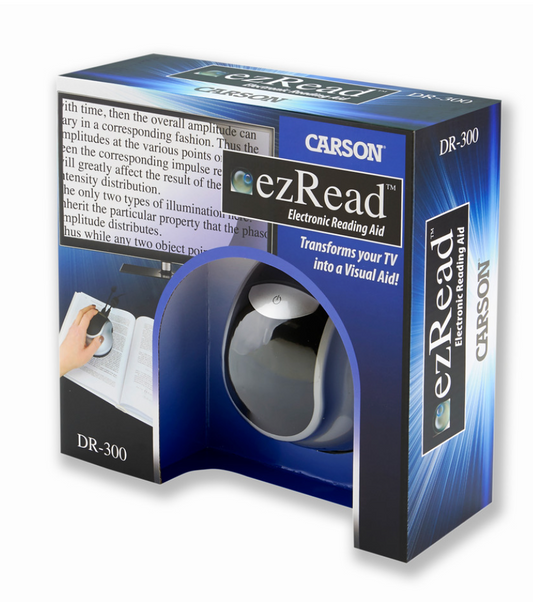What is Visual Snow Syndrome?
Share
Understanding Visual Snow Syndrome: Symptoms, Causes, and Treatments
Visual Snow Syndrome (VSS) is a neurological condition that affects a person’s vision and can significantly impact daily life. While the syndrome is relatively rare, increasing awareness and understanding can help those affected find effective management strategies.
What Is Visual Snow Syndrome?
Visual Snow Syndrome is characterized by the perception of tiny, flickering dots across the entire visual field, similar to the static seen on an analog television screen.
These visual disturbances occur constantly, even with eyes closed, and are unrelated to your actual external surroundings.
Symptoms of Visual Snow Syndrome
In addition to the hallmark "visual snow" effect, people with VSS may experience other symptoms, including:
-
Afterimages: Seeing residual images or outlines of objects after looking away.
-
Light Sensitivity: Increased sensitivity to bright lights or glare.
-
Nyctalopia (Night Blindness): Difficulty seeing in low-light conditions.
-
Entoptic Phenomena: Seeing small floaters, flashes, or dots of light.
-
Tinnitus: Many individuals also report a ringing or buzzing sound in their ears.
-
Headaches or Migraines: Frequent migraines or tension headaches often accompany VSS.
These symptoms can vary in severity, and some people may find them debilitating, while others experience milder effects.
Causes of Visual Snow Syndrome
The exact cause of VSS remains unclear, but it is believed to be linked to hyperactivity in the brain’s visual processing pathways. Research suggests that the following factors may contribute:
-
Neurological Dysregulation: Overactivity in the visual cortex and other areas of the brain responsible for processing visual input.
-
Migraine Connection: VSS often occurs alongside migraine conditions, particularly migraine with aura.
-
Genetics: A hereditary component may be involved, as the condition sometimes runs in families.
-
Underlying Disorders: In rare cases, VSS may be associated with conditions like optic neuritis or multiple sclerosis. However, most people with VSS do not have these underlying issues. A visit to your eye doctor will help eliminate these potential causes.
Potential Treatments for Visual Snow Syndrome
Currently, there is no definitive cure for VSS, but several approaches can help manage symptoms.
-
Medications:
-
Anti-Seizure Drugs: Medications like lamotrigine or topiramate may reduce symptoms in some cases.
-
Migraine Treatments: Triptans or other migraine therapies can be beneficial for those with coexisting migraines.
-
-
Lifestyle Adjustments:
-
Reducing screen time and managing light exposure can help minimize symptom triggers.
-
Stress reduction techniques, such as mindfulness or yoga, may alleviate overall discomfort.
-
-
Tinted Glasses:
-
Blue-light blocking glasses or lightly-tinted lenses may ease visual strain and light sensitivity.
- Ask your optometrist if a 10-15% tint will help with your symptoms
-
Living with Visual Snow Syndrome
While VSS can be challenging, many people learn to adapt and improve their quality of life through a combination of treatments and lifestyle adjustments.
Building a support network—including healthcare professionals, family, and others with the condition—can make a significant difference.
If you suspect you have Visual Snow Syndrome, consult an optometrist, neurologist or ophthalmologist experienced in the condition. Early diagnosis and personalized management strategies can help mitigate the impact of symptoms and improve overall well-being.
As with low vision conditions, such as macular degeneration, there are not many options to help improve your level of comfortable vision. Making changes to your surroundings (different types of lights in your house, reducing glare producing surfaces etc) will offer more of a long-term relief.



